How to hack your circadian rhythm
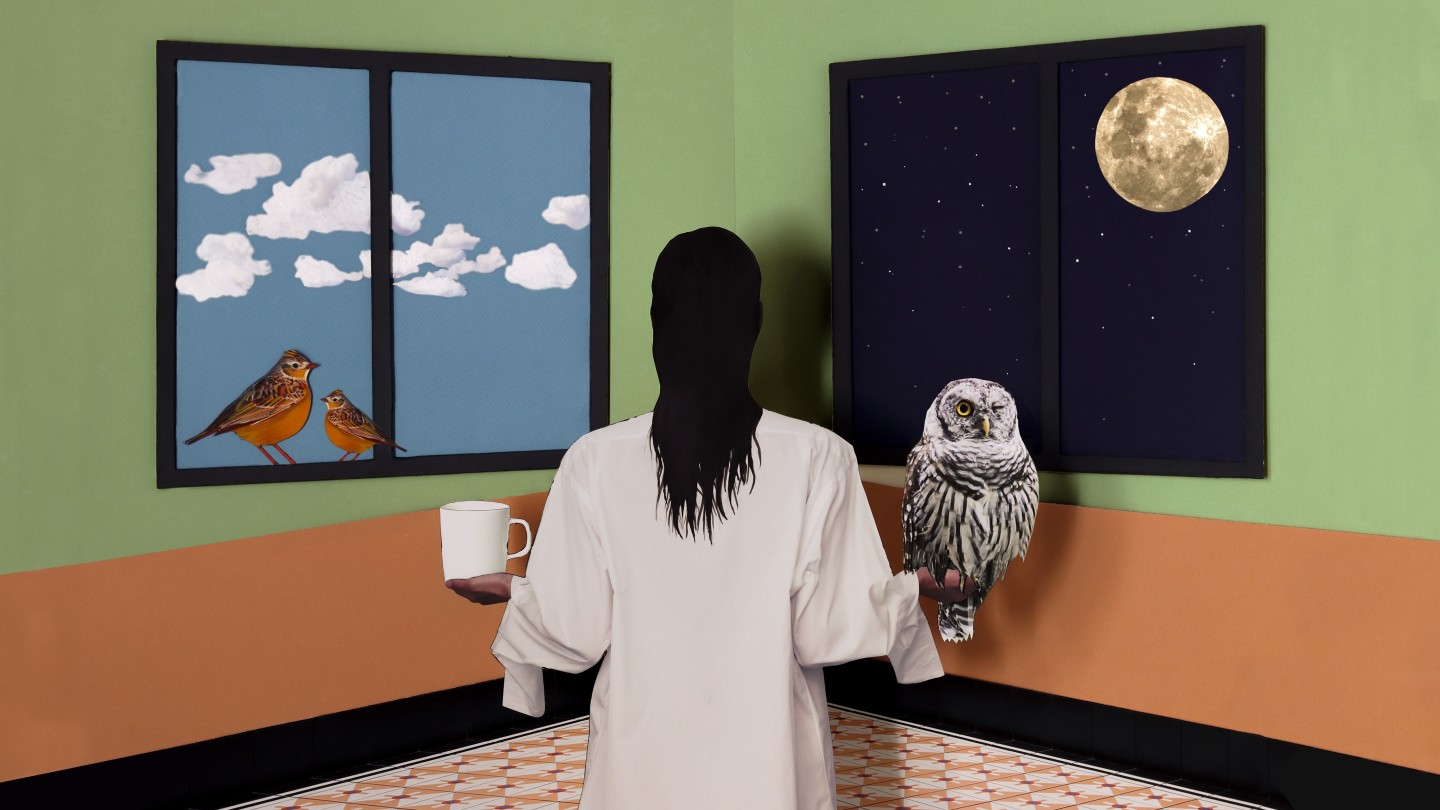
Roula Khalaf, Editor of the FT, selects her favourite stories in this weekly newsletter.
When the clocks “fall back”, as they will next weekend, I always feel a bit short-changed. A modest extra hour in bed, followed by months of darkness, lethargy and a retreat into the stodgy comfort foods of winter. Still, in the year that a global pandemic turned our daily routines, work schedules and social calendars upside down, a single hour’s shift should be a walk in the park. Shouldn’t it?
Apparently not. According to circadian science, moving external time by just 60 minutes can wreak all kinds of havoc on our internal body clocks. Thanks to new research, however, we now have the tools and know-how to identify our individual “chronotype” (the genetically determined internal clock that governs your optimum sleep and activity times) – then proactively manage our daily circadian rhythm. Do so successfully, and the benefits are believed to include living longer, losing weight, sleeping better, feeling happier and even being more successful at work. Timing is, quite literally, everything.
“The pandemic brought massive disruption to our lives, forcing us all to slow down and rethink the meaning of health, wellness and how our lives are structured,” says Livvy Houghton, creative researcher at The Future Laboratory. “With new studies in chronobiology [how internal rhythms affect us] gaining global influence, tapping into our circadian architecture represents the next frontier in personal wellness.”
Our 24-hour circadian clock, which is located in the suprachiasmatic nuclei of the brain, controls the timings of every organ system and bodily process. When it undergoes long-term disruption, we increase our risk of obesity, some cancers and depression, according to the Sleep Foundation. The effects may even extend to allergies, cardiovascular disease, gut disorders, premature ageing and early death. “Circadian science is fundamental to health. Yet modern-day society has saddled us with a ‘one-size-fits-all’ schedule that suits ‘morning types’ but not many other people,” says Malcolm von Schantz, a professor of chronobiology at the University of Surrey.
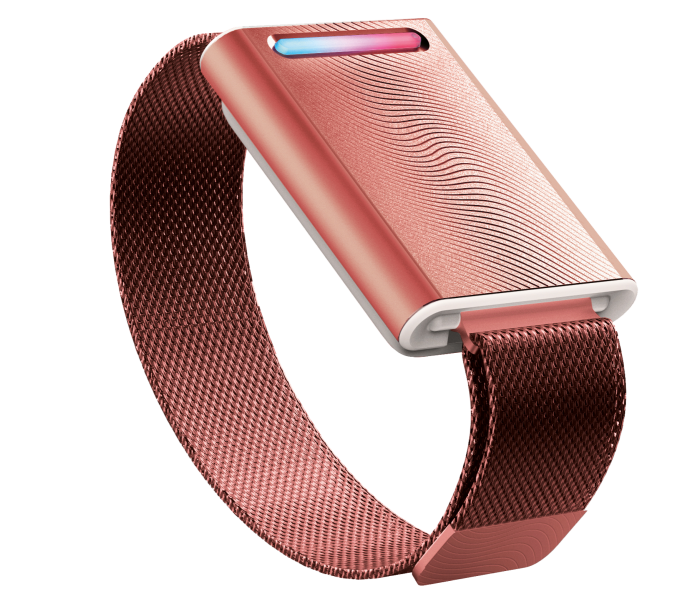
In 2017, the Nobel Prize in Physiology or Medicine was awarded for research into “circadian genes” that control our daily rhythms. What’s new, says von Schantz, is that science has become more nuanced. “We now know that 351 genes influence our chronotype. This means that we’re aware of many more factors influencing where we are on the scale between morning larks and night owls. Armed with an understanding of this variation, we can adapt our schedules to optimise physical and psychological performance.”
Some of us will clearly identify with being an early bird (who wake early, are most productive before noon and sleep early but can suffer from a mid-afternoon slump) or night owl (who wake late, go to sleep late – and get going around 4pm). Most people, however, may be somewhere in between.
The chances are that you have some inkling about your chronotype. Von Schantz recommends Australia’s Sleep Health Foundation questionnaire to identify it more accurately. From there, both the timing and speed of our body clocks can unlock long-term health and performance benefits.
Steven Lockley, an associate professor of medicine at Harvard Medical School, is a leading authority in circadian science who advises Nasa astronauts preparing for space travel as a private consultant. “Morning types have a clock that runs more quickly, often less than 24 hours, naturally shifting ‘east’ a little every day,” he explains. “Evening types, on the other hand, have a slower clock that runs a little longer than 24 hours each day, which is the equivalent of shifting ‘west’. All this happens without us even realising.”
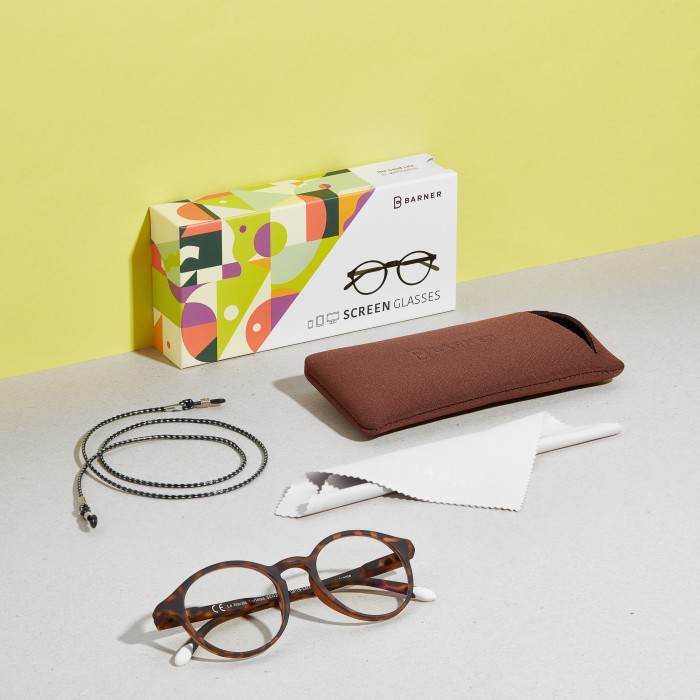
This explains why my husband (who errs on the side of an “evening type”) both finds my early-bird chirpiness irritating and has little problem flying long-haul west. I, on the other hand, spend two weeks in the Caribbean suffering from utterly debilitating jet lag.
Light (or lack of it) is the primary means of hacking our rhythm. Typically, early exposure to blue-enriched daytime light will improve alertness in the morning. Likewise, minimising blue light three hours before bedtime will help us sleep (if pulling an all-nighter is unavoidable, you can always download a blue light filter for your laptop from Google Play or the Apple App Store).
But the latest science is smarter than that. This year, the University of Washington licensed technology to TUO, a Chicago-based startup that makes “smart” LED bulbs. These harness research into why wavelengths at sunrise and sunset have the most significant impact on our brain centres when it comes to regulating our circadian clocks.
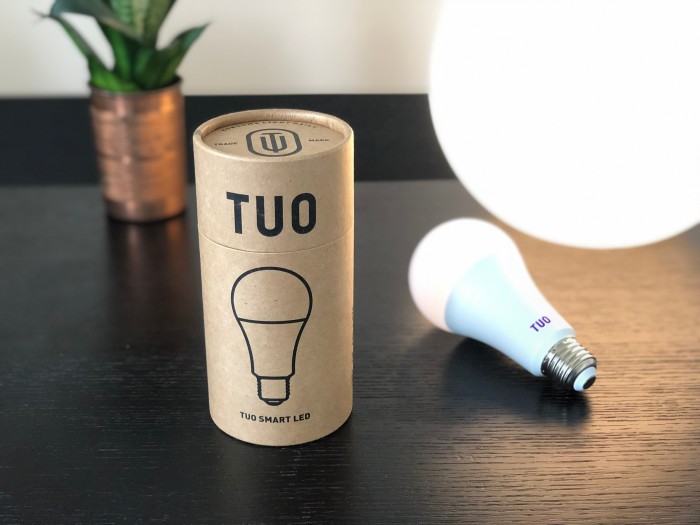
Get the light right and you might find that a regular sleep cycle will follow. The problem is that, up to now, the $432bn “sleep economy” has too often tracked our nighttime habits rather than anticipating and guiding them, via the insights circadian science has to offer.
If regularity proves elusive, you could always book into Clinique La Prairie’s six-day Better Sleep Programme (from £11,263) in Switzerland. Under the watchful eye of medical experts, it takes a holistic and diagnostic approach to monitor your sleeping pattern and daytime habits to reset your cycle and prevent associated health issues. “Many hormones and neurotransmitters – along with our sleep cycles – follow a circadian rhythm,” says Dr Olivier Staneczek, a specialist in pulmonology and internal medicine at La Prairie. “When nature’s perfectly designed equilibrium becomes imbalanced, physiological stress hormones are produced at the wrong moment. One such hormone – orexin – regulates appetite. So when it’s out of sync, it can increase our risk of being overweight or obese.”
This kind of understanding about how circadian cycles affect, well, everything has led to the rise of chrononutrition, or “circadian eating”. According to Dr Michael Crupain, co-author of What to Eat When, our metabolism changes throughout the day as our circadian clock primes our body to eat early (when the sun is shining) and fast later (when it’s dark). To eat in sync with our circadian rhythm, he recommends a form of intermittent fasting – or eating within a limited window of eight to 12 hours. “Studies show that a calorie eaten in the morning may not count as much as a calorie eaten in the evening,” says Crupain. “Try making breakfast and lunch the largest meals of the day, with dinner the smallest. And aim to consume 80 per cent of your calories before 3pm and to finish eating at least three hours before bedtime.”
The reported benefits of following this “circadian diet” range from weight loss to increased energy, as well as a reduced risk of developing type 2 diabetes. Choosing when to exercise is less about timing it to your meals (the scientific jury is still out on whether exercising on an empty stomach increases weight loss) and more about where it falls in your sleep/wake cycle.
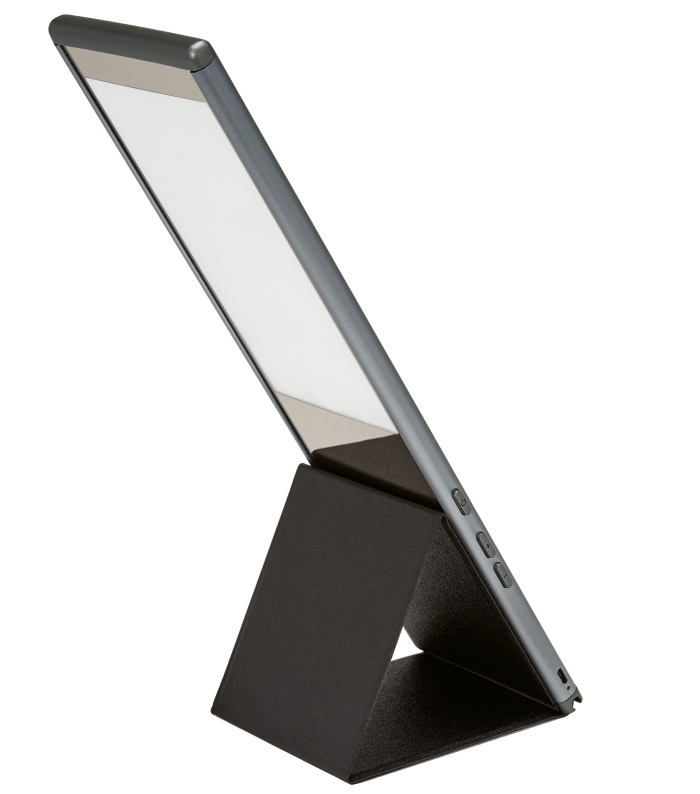
Lockley, whose consultancy work includes helping Formula One drivers reach peak performance, advises avoiding strenuous exercise four hours before or after sleep to maximise output without over-stimulating the body before bedtime. That means lunchtime, give or take a few hours, is the prime time for exercising.
So far so good for physical performance, but what about more intangible characteristics such as productivity, creativity and success? Professor von Schantz certainly believes that circadian health is linked to these attributes. For him, it’s a “no-brainer” for businesses to schedule meetings when team members’ circadian performance peaks overlap (say mid-morning or early afternoon) – and allow for more flexible working hours overall.
Lockley (who, as an owl, declines meetings before 10am) believes that the days of “pushing through” to meet some arbitrary, socially imposed clock are numbered. Not only did lockdown change our collective view on this, but the science heading our way is far too compelling. The link between circadian health and immunity is already established. Vaccinations may even be less effective when administered to those who are sleep-deprived, according to an article published in The Journal of Clinical Investigation.
“Within five to 10 years, we’ll be able to tell someone’s ‘internal circadian time’ with a single fingerprint or saliva test,” says Lockley. “This will revolutionise everything we know about medicine – from when to take diagnostic tests to timing medication and surgery for optimal outcomes.”
The message is: regulate your sleeping, eating and exercise cycles according to what works best for you – and stick to it. I, for one, have learnt that my husband really does need that extra hour in bed; that we shall fly east next time we can take a long-haul holiday; and that if you get your clock right, everything else will follow.

Comments